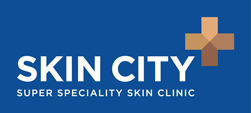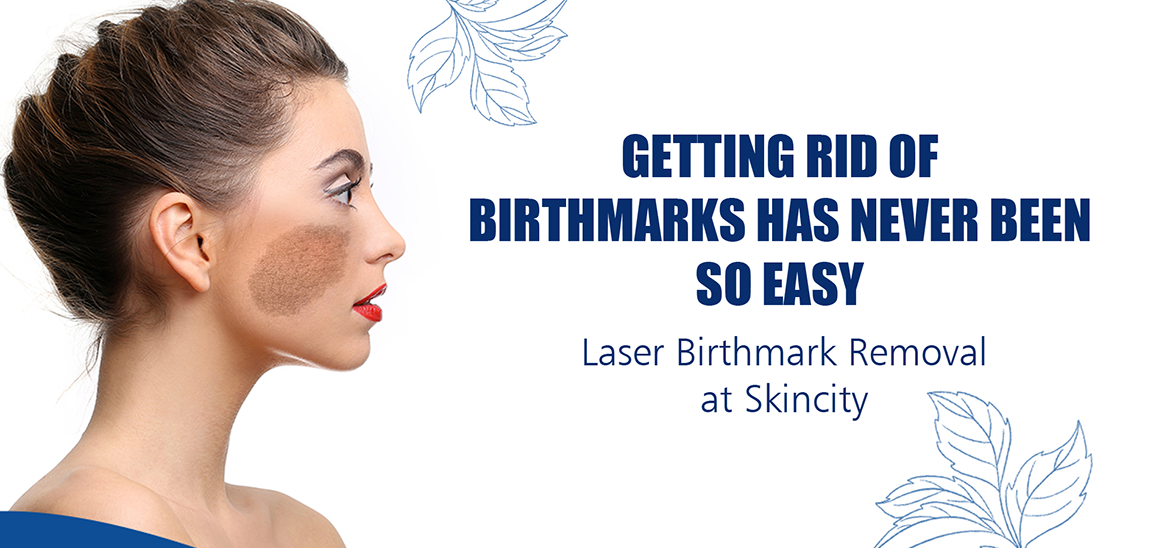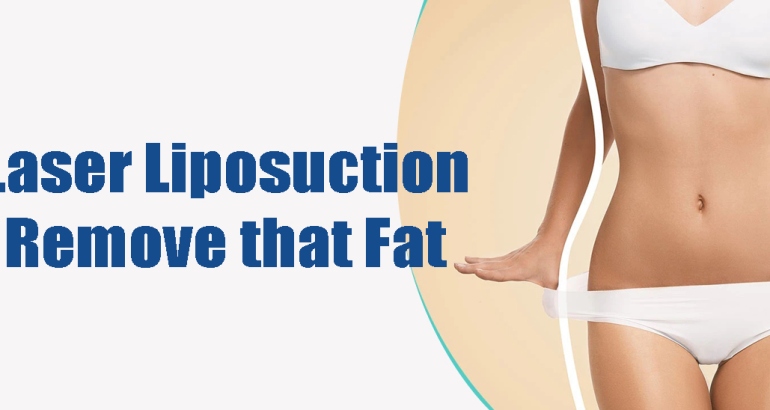Laser Birth Mark Removal Clinic
Birth marks when present on the face or other exposed areas can cause disfigurement, thus reducing the patient’s confidence, making them vulnerable to ridicule at school and embarrassment at social gatherings later on in life.
Birth marks usually grow with age and if present near the eyes/ mouth or nose, can cause serious impairment in the functioning of these parts. So treating certain birthmarks at the earliest is very important for the child’s proper physical, emotional and social development.
Skin City is one of the few places in the world offering treatment for birth marks like Hairy Melanocytic Nevus, moles, Nevus of Ota, Becker’s nevus, Haemangioma, AV malformations, Verrucous Epidermal nevus and Nevus comedonecus.
Lasers like Diode, LP Nd:YAG, Qswitched Nd:YAG, Pulse dye laser, the latest Dye VL technology, Ultra pulse fractional CO2 laser and LEO technology are a few of the latest tools in Skin City’s armamentarium to treat birth marks. Some laser birthmark treatments at Skin City have been appreciated in international conferences like EADV, WCOCD- Mexico, WCD and ADLAS-Malaysia etc.
Frequently Asked Questions
Photo – Port Wine stain PWS is treated with Dye VL with near complete clearance.
A: Port wine stain is a birthmark of very fine capillaries. It looks pinkish like the color of port wine and is also called the kiss of an angel. PWS requires a laser that targets very fine capillaries. 585 or 595 pulse dye VL laser (PDL), quanta 585 solid state PDL or 550 to 600 Dye VL are commonly used devices. Long pulsed 1064 Nd YAG Laser is typically not useful here. PWS is best treated in the skin of people younger than 5 yrs of age with preferably a lighter skin type. Adult Port wine stains are a thickened variety of PWS where capillaries are surrounded by collagen and hence do not respond to laser treatment.
SkinCity has developed a new protocol for the treatment of adult port wine stains on dark skin using a combination of UltrapulseActiveFX and Dye VL.
Photo – Adults PWS treated with UltrapulseActiveFX and Dye VL
A Hemangioma is a capillary malformation starting at or soon after birth. It grows from a few millimeters to centimeters. It is popularly believed that 30% of hemangiomas spontaneously resolve at the age of 3 years, 50% at the age of 5 years and 70% at the age of 7 years. Unfortunately, everyone waits for a spontaneous resolution, thus the remaining 30%-50% of unresolved cases have poor quality life in future. Early intervention is needed in special cases which are ulcerated, infected or near important organs like, around the eyes, mouth, ear or genitals.
A Peri-orbital or eye lid hemangioma needs urgent intervention. If the hemangioma blocks the line of vision, the child becomes functionally blind even though the eye is normal, this is called amblyopia.
Photo – Eye lid hemangioma treated with 1064 NDYAG laser
-
- Do nothing – 50% will suffer
- Surgery – not indicated now a days
- Steroids oral or injections – have side effects
- Beta blockers: effective in few and in early cases, reported cognitive brain damage
- Lasers effective, safe. Can cause scaring if aggressive.
- Combination of above. A wise doctor will make a great combination to deliver maximum results and avoid side effects.
Historically a growing hemangioma was treated with oral and intra-lesional injections and steroids. It is currently not practiced except for a few occulo-plastic surgeons due to side effects and better treatment options.
Recently beta blockers like propranolol are used to treat hemangioma, it resolves many hemangiomas. Many pediatricians believed that this drug will replace all laser therapies. Every hemangioma was treated with propranolol. But because it has cardiac toxicity the child has to be admitted to a hospital for the initial dose adjustments. Besides, not all patients respond to this drug, only those in early stages respond. Children treated with this drug need long term follow up. Recent reports show that these kids have reduced cognitive abilities compared to normal children. So the initial enthusiasm of using propranolol for every hemangioma is now declining.
-
- A: The most intelligent use of lasers is in the treatment of hemangiomas and vascular lesions. One needs to adjust the wavelength, pulse width and dose of the lasers to match the capillary size, thickness of hemangioma and the flow of blood. Pulse dye lasers have a limited penetration of 4-5 millimeters and the hemangioma usually grows to the depth of centimeters. Long pulse 1064 NdYAG laser are more suitable for the treatment of hemangiomas. Judicious use of laser parameters can yield a scar-less outcome.A nose tip hemangioma treated with laser versus treated with surgery – PhotoWhat is best for hemangioma? Surgery? Medicines? Or Lasers? (Dr. Dhepe – Video)Photo – Hemangioma treated with 1064ND YAG Laser
-
- Bakers nevus is a dermal hamartoma made up of many tissue components like color cells, hair follicles, muscle cells and connective tissue. It usually starts at puberty, that is after 10 years of age and keeps growing till the fourth decade. It starts growing hair after the second decade. It is classified as hypertrichotic and hypotrichotic meaning with and without hair. Laser treatment of a baker nevus targets two components which are superficial pigment cells and deep hair follicles.For pigment, many treatments were tried in the past without good results. Typical text book recommendations are “treatments can make Bakers Nevus worse rather than better so leave them alone”. Recent advances in technology have improved treatment outcomes. CO2 lasers usually result in scarring while Q-Switched Nd YAG lasers are unable to clear the pigment. SkinCity has evolved a safe and effective protocol using harmony Leo 570nm that gives significant clearance without scarring.Hair removal in Bakers Nevus goes hand in hand with pigment treatment, using the deep penetrating 810 diode or 1064 Nd YAG laser.Photo – Bakers Nevus treated with 570nm modified IPL
-
- These are simply black hairy moles that are oversized. This can occur on any part of the body however bathing suit or trunkal nevus is common.Larger the black mole higher is the risk of melanoma cancer. So these nevi are of significant importance in Caucasians. Various studies have shown that risk of cancer in white skin is 15% or more while it is 1.5% in dark skin. Previously it was believed that lasers or any other treatment would irritate the melanocytes and provoke cancer, but very less evidence is found about that. Therefore, many doctors are treating melanocytic nevi with lasers safely. On the contrary, risk of cancer is proportional to the total load of nevus cells, hence debulking and reducing their number actually reduces the overall cancer risk.Treatment of nevi aims at removal of pigmented nevus cells and hair follicles. SkinCity employs Ultrapulse Active FX for debulking of pigmented layer while it uses a unique micro-wave technology to target hair follicles and appendages which usually act as a reservoir for dormant nevus cells.Video – Dr. Dhepe 2 tier approach for CHMNPhoto – Hairy Melanocytic nevus treated with Ultra Pulse active Fx Laser
-
- : Nevus of Ota is a dermal melanocytic nevus. It is simply a black mole sitting below the skin. It usually starts at puberty and is commonly seen below the eye lid on the cheek. Sometimes the green pigment is seen on the eyeball. Similar to a tattoo, the mole pigment looks green as it is deep seated. The real challenge in treating a nevus of ota is to destroy deeper nevus cells without touching the upper skin layers. Photo – Nevus of Ota treated with QSwitch ND YAG laserPhoto – Verrucous Epidermal Nevus treated with Ultra pulse active Fx Laser



